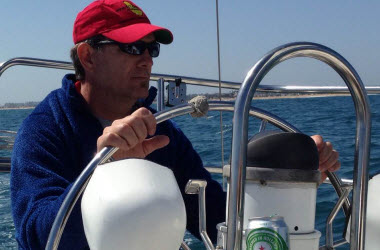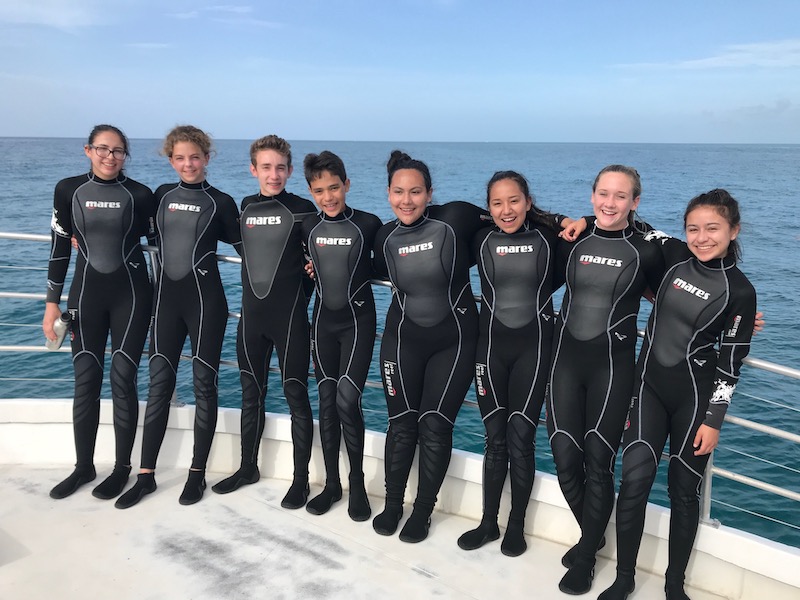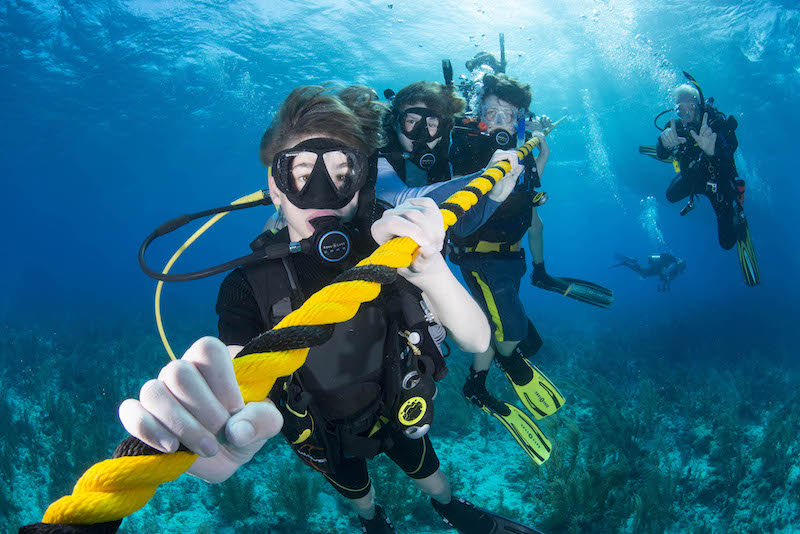July 10, 2019
One of my favorite ways to facilitate authentic learning is by taking my students outside. The benefits of outdoor learning cannot be understated. 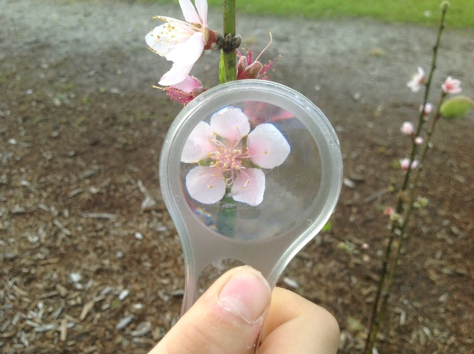 For safety reasons, students must understand the rules and have set guidelines. Outdoor investigations are a great equalizer for your students. Their academic or socioeconomic levels are not important. All students can make observations, illustrations, and notes at their respective levels, and I happily accept this.
For safety reasons, students must understand the rules and have set guidelines. Outdoor investigations are a great equalizer for your students. Their academic or socioeconomic levels are not important. All students can make observations, illustrations, and notes at their respective levels, and I happily accept this.
When visiting nature, it is critical that students remember that we ARE visitors here; this is not our home. We make observations, but must be careful that no plant or animal is harmed. An outdoor lesson can accommodate any timeframe, depending on your schedule. It is important that before venturing outside, students know the rules, goals, and purpose of the lesson. Any subject can be taught outside and sometimes just having a different atmosphere that is not the classroom can help foster creative and positive feelings about learning.
My guidelines were safety- and respect-oriented. Tell students exactly the area(s) they may walk/sit/stand, and areas where they may not go. Safety rules when using tools like binoculars and hand lenses must be adhered or student lose the privilege of using these tools. They are scientists performing investigations and I expect them to behave appropriately. Honestly, I rarely had behavior problems with any students because they enjoy being outside so much.
Some helpful tips: 1) Review the rules, give instructions, and guidelines either indoors or outdoors before sending students to their task. 2) Facilitate by visiting individuals and groups. 3) It helps focus students if they have a journal, paper, or data sheet on which to collect and note their observations. 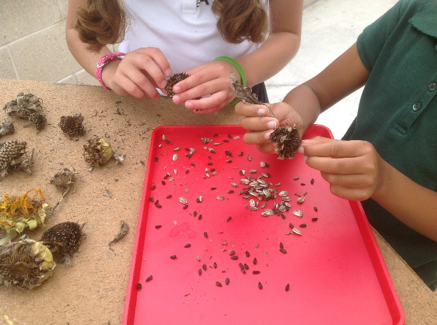 4) Be sure to leave at least 5 minutes for sharing of observations and providing some closure to the activity. This gives value and scientific importance to the investigation and shows the importance of sharing information in a scientific community.
4) Be sure to leave at least 5 minutes for sharing of observations and providing some closure to the activity. This gives value and scientific importance to the investigation and shows the importance of sharing information in a scientific community.
I enjoyed taking students out in the schoolyard particularly along common walking paths where there were trees and other plants. Because we were walking these paths, not as regular people but as scientists, we would make observations which others would simply not notice. 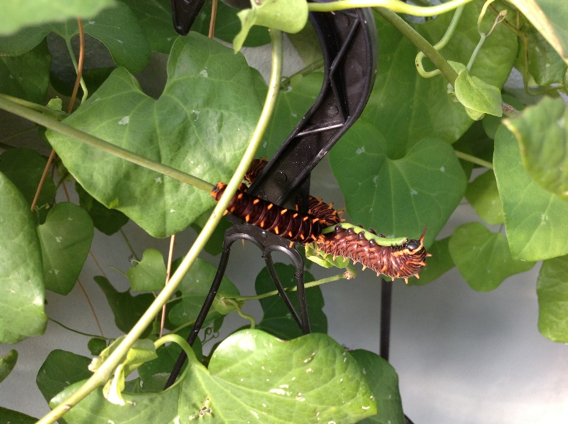 They can look for textures, shapes, colors, things living in/on/under the plants or trees. Trust me, once they have taken a closer look, their walk along that path will be changed forever. We want our students to be aware of their surroundings and to connect with nature. Even where my schools are located and the seasonal changes are subtle, there are still changes that can be observed. Our children need to make that connection with nature encompassing a love and respect for our interconnectedness. If we expect them to be the next stewards of the earth, they need to understand how important they are to the survival and protection of the environment.
They can look for textures, shapes, colors, things living in/on/under the plants or trees. Trust me, once they have taken a closer look, their walk along that path will be changed forever. We want our students to be aware of their surroundings and to connect with nature. Even where my schools are located and the seasonal changes are subtle, there are still changes that can be observed. Our children need to make that connection with nature encompassing a love and respect for our interconnectedness. If we expect them to be the next stewards of the earth, they need to understand how important they are to the survival and protection of the environment.
Linda Petuch is a retired STEM teacher, wanna be astronaut, NASA's biggest fan, avid gardener, small mammal whisperer, and educator extraordinaire from Palm Beach County, Florida.

